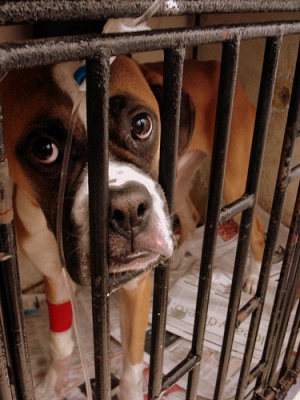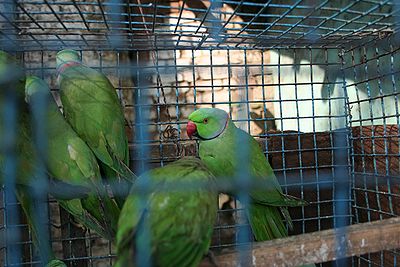
Hyperadrenocorticism known as Cushing’s Disease is a hormone disorder. It is more common in dogs but can affect cats as well. The incidence of Cushing’s is higher in older dogs and horses. It is known as PPID in horses.
Cushing’s Disease is caused by a steroidal hormone, cortisol, producing more than normal amounts. Among cortisol’s jobs are decreasing inflammation, managing blood sugar levels and blood vessel functions and managing stress. Cortisol is produced by the adrenal glands (located near the kidneys) which are controlled by the pituitary gland (located at the base of the brain).
There are 3 main types of Cushing’s.
PDH (pituitary dependent hyperadrenocorticism) occurs when a tumor on the pituitary gland sends signals to the adrenal glands to produce abnormal levels of cortisol.
ADH (adrencorticol dependent hyperadrenocorticism) usually occurs due to a tumor of the adrenal glands causing irregular cortisol production.
A pet with allergies can receive an overload of corticosteroids causing Latrogenic hyperadrenocorticism, interfering with the adrenal and pituitary functions.
Some of the symptoms of Cushing’s are increased thirst and urination, lethargy, increased appetite, weak abdominal muscles causing a pot-bellied appearance, loss of hair, frequent infections such as UTIs (urinary tract infections), diabetes, pancreatitis, fragile skin, hind leg weakness.
Your veterinarian will perform specific laboratory tests including blood and urine evaluations, an ultrasound or CT scan and more to determine if your pet has Cushing’s disease. An ACTH Stimulation test can truly diagnose Cushing’s Disease. ACTH is the hormone released by the pituitary gland to stimulate the adrenal glands to produce cortisol. The ACTH Stimulation test is also used for an Addison’s Disease true diagnosis.
Treatment consists of administering medications and possibly surgical removal of adrenal tumors. Pets must be monitored very carefully. Your vet should be notified immediately of there are any changes in thirst, appetite or behavior.
There is no cure for Cushing’s Disease. But it can be managed, often for years. Frequent veterinary checkups will help give your pet a good quality of life.



